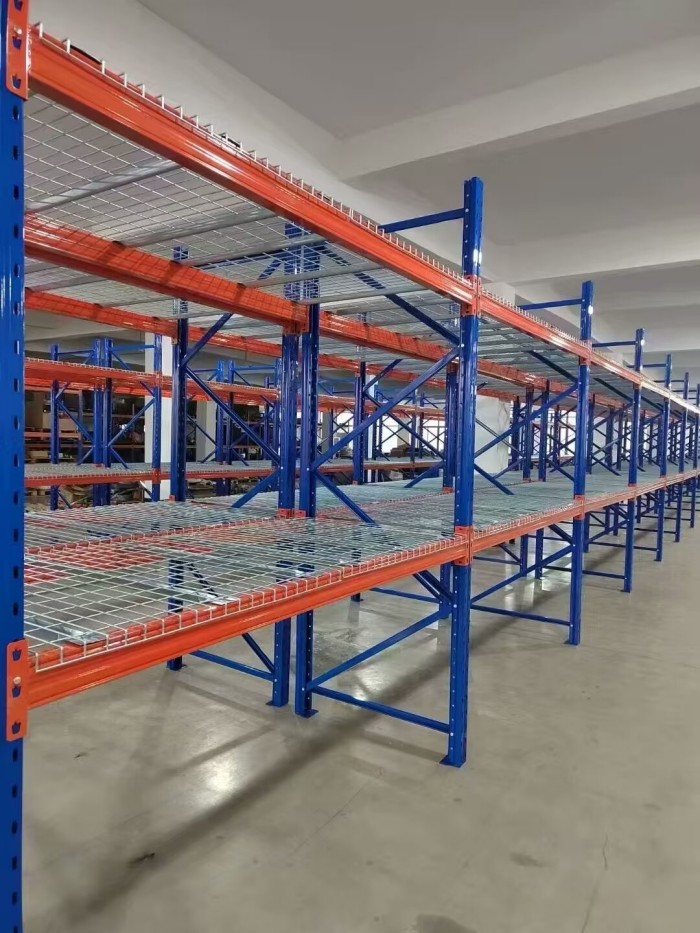
Insulation plays a crucial role in maintaining comfortable indoor environments and reducing energy consumption. However, there are misconceptions and concerns surrounding the potential harm of insulation materials. In this article, we will delve into the topic and address the question: What insulation is not harmful? By exploring various insulation types and their safety features, we aim to provide accurate and up-to-date information to dispel any doubts or fears.
- Fiberglass Insulation: A Safe and Widely Used Option
Fiberglass insulation is one of the most common types found in residential and commercial buildings. It consists of fine glass fibers that trap air, providing excellent thermal resistance. Contrary to popular belief, fiberglass insulation is not harmful when properly installed and maintained. The glass fibers are typically encapsulated within a binder, preventing them from becoming airborne. As long as the insulation is not disturbed or damaged, it poses no health risks. - Mineral Wool Insulation: Fire-Resistant and Non-Toxic
Mineral wool insulation, also known as rock wool or stone wool, is another safe and effective option. It is made from natural minerals, such as basalt or diabase, which are melted and spun into fibers. Mineral wool insulation offers excellent fire resistance and sound absorption properties. Moreover, it is non-toxic and does not release harmful gases or particles into the air. This makes it a suitable choice for both residential and commercial applications. - Cellulose Insulation: Environmentally Friendly and Safe
Cellulose insulation is derived from recycled paper or plant fibers, making it an eco-friendly option. It is treated with fire-retardant chemicals to enhance its resistance to flames. Concerns have been raised about the chemicals used in cellulose insulation, but extensive research has shown that when properly installed, the levels of these chemicals are minimal and do not pose significant health risks. Additionally, cellulose insulation is not a food source for pests, reducing the likelihood of infestations. - Spray Foam Insulation: Proper Installation is Key
Spray foam insulation has gained popularity due to its excellent insulating properties and ability to seal gaps and cracks. It is composed of two components that, when mixed, expand and harden. While spray foam insulation is generally safe, it is crucial to ensure proper installation by trained professionals. Improper mixing or inadequate ventilation during installation can lead to the release of harmful fumes. Therefore, it is essential to hire experienced contractors who follow industry best practices.
Conclusion:
Insulation is not harmful when selected, installed, and maintained correctly. Fiberglass, mineral wool, cellulose, and spray foam insulation are all safe options when used appropriately. It is crucial to follow manufacturer guidelines and consult professionals to ensure proper installation and minimize any potential risks. By understanding the safety features of different insulation materials, we can make informed decisions and enjoy the benefits of energy-efficient and comfortable living spaces.





